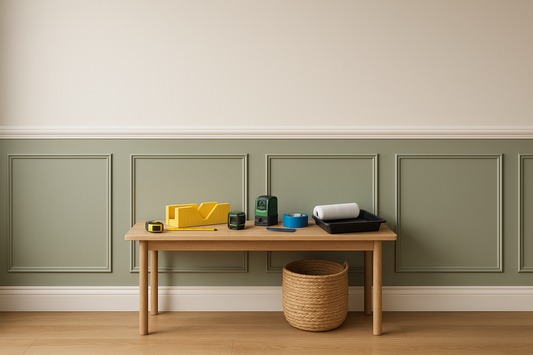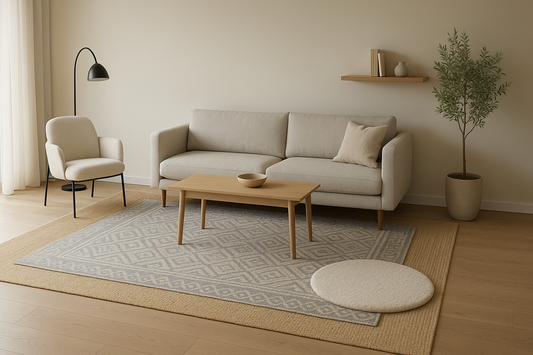-
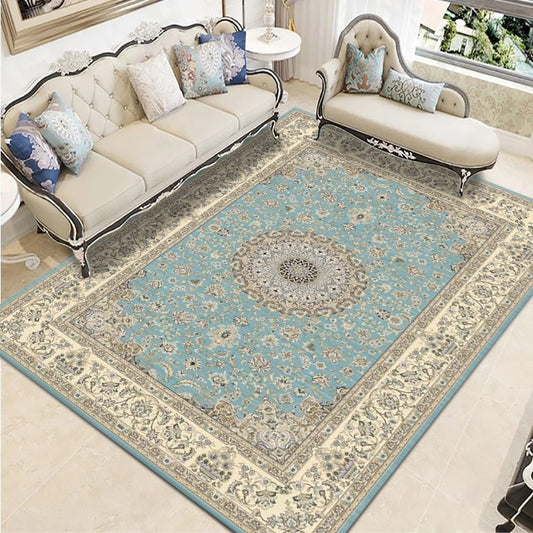
Blue Persian rug
Vendor:HeikoaRegular price From €64,90 EURSale price From €64,90 EUR Regular priceUnit price per€0,00 EUR -
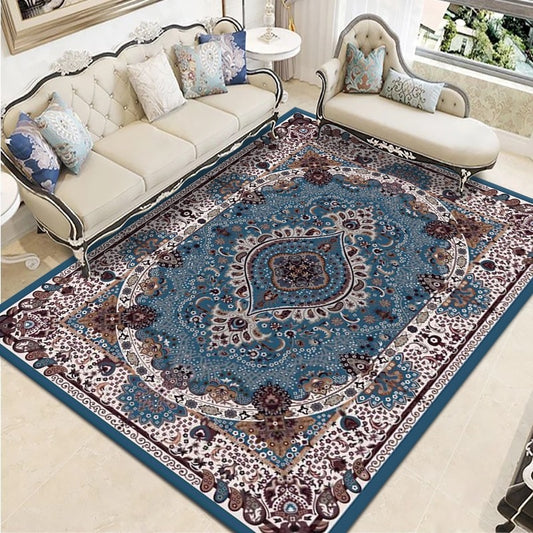
Cheap Persian rug
Vendor:HeikoaRegular price From €64,90 EURSale price From €64,90 EUR Regular priceUnit price per€0,00 EUR -
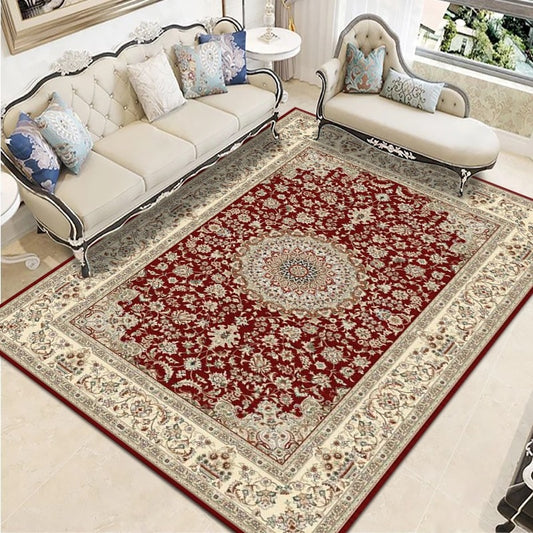
Persian rug Paris
Vendor:HeikoaRegular price From €64,90 EURSale price From €64,90 EUR Regular priceUnit price per€0,00 EUR -
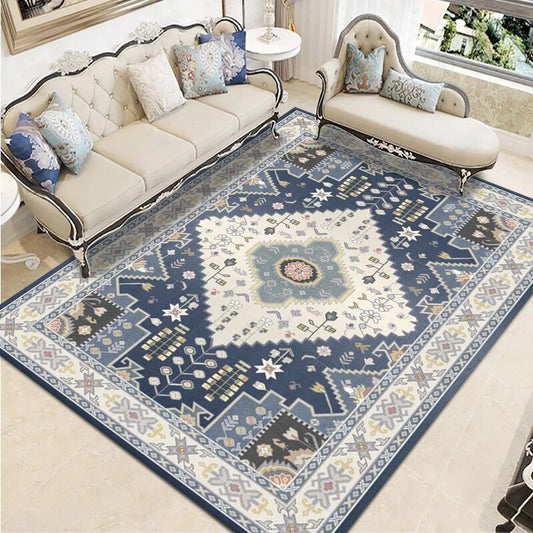
Persian rug modern living room
Vendor:HeikoaRegular price From €64,90 EURSale price From €64,90 EUR Regular priceUnit price per€0,00 EUR -
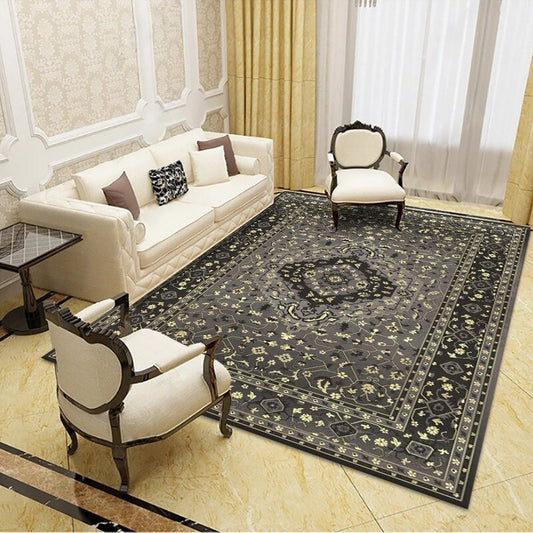
Old Persian carpet
Vendor:HeikoaRegular price From €64,90 EURSale price From €64,90 EUR Regular priceUnit price per€0,00 EUR -
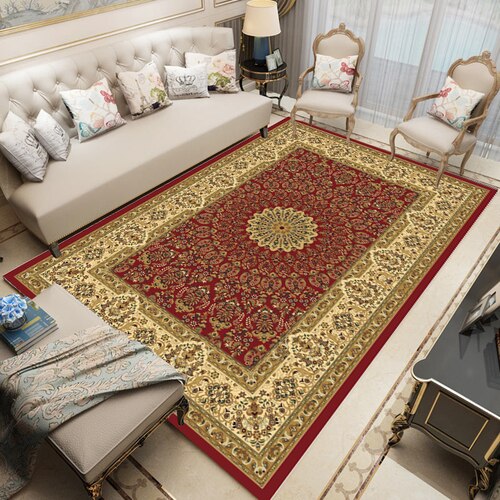
Persian rug living room
Vendor:HeikoaRegular price From €64,90 EURSale price From €64,90 EUR Regular priceUnit price per€0,00 EUR -
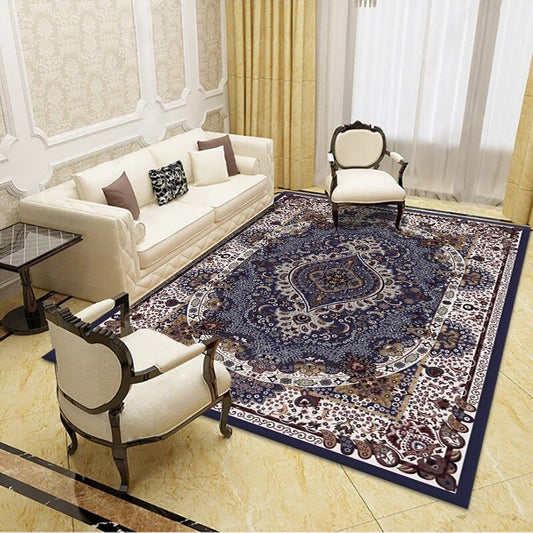
Persian oriental rug
Vendor:HeikoaRegular price From €64,90 EURSale price From €64,90 EUR Regular priceUnit price per€0,00 EUR -
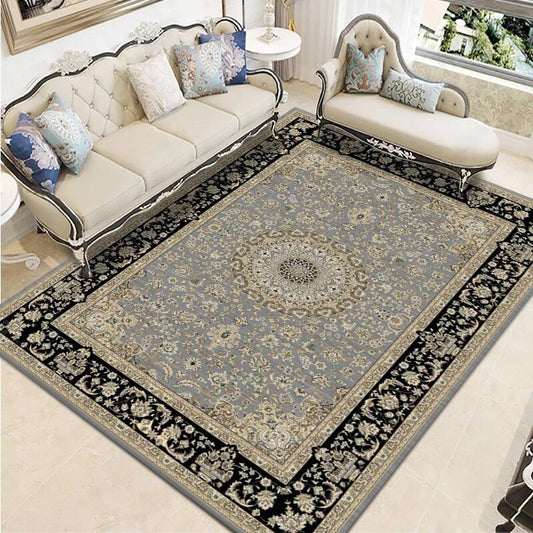
Authentic Persian rug
Vendor:HeikoaRegular price From €64,90 EURSale price From €64,90 EUR Regular priceUnit price per€0,00 EUR
🧿 Persian rugs: a complete guide to choosing, recognizing, and enhancing the icon of Oriental rugs
Renowned for their refinement, longevity, and symbolism, Persian rugs remain the gold standard in hand-knotted carpets. Whether made of dense wool, shimmering silk, or a blend of both, these masterpieces transform an interior with their sheer presence: they anchor furniture, warm the atmosphere, absorb echoes, and tell a story. This page brings together the essentials— history, regional styles, authenticity cues, size and color choices, and care —to help you select the Persian rug that perfectly matches your space and lifestyle.
- Objective: to guide you step by step towards choosing a safe, beautiful and durable Persian rug .
- Result: a harmonious, warm and resolutely elegant interior.
Looking for a rare, handcrafted piece? Browse an authentic Persian rug . Looking for a fresh, deep shade? Discover the charm of a blue Persian rug . Need to blend it into a sleek decor? Check out our designs designed for a modern living room . And if you're looking to experience the Persian spirit on a budget, check out our affordable Persian rugs .
1) Origins & heritage: the legend of the Persian carpet
The Persian carpet is the textile emblem of ancient Persia (present-day Iran). Woven for over two millennia, it has survived caravan routes, royal courts, bazaars, and tribal workshops. From nomadic tents to Safavid palaces, it has always served a triple purpose: to insulate (thermally and acoustically), to decorate (protective motifs, floral motifs, imaginary gardens), and to transmit (techniques, stories, know-how).
- Cultural heritage: each Persian carpet carries the memory of a region and a tribe.
- Symbolic: the patterns protect, celebrate nature and tell the story of life.
- Function: comfort, acoustics, visual anchoring and decorative unity.
Persian rugs are recognizable by their knotting density, the fineness of the wools and silks used, the often natural dyes and, above all, a codified language of patterns : medallions, boteh (drop/prefiguration of cashmere), palmettes, cypresses, canal gardens, Shah Abbasi , tribal geometric patterns. Each region, each tribe, has developed a visual DNA that makes the rug identifiable at first glance... provided you learn to read it.
2) Styles & regions: reading patterns, understanding weaves
There is no such thing as "one" Persian carpet, but rather aesthetic families. Urban centers (Tabriz, Isfahan, Kashan, Kerman, Nain, Qum, etc.) often produce carpets with sophisticated designs (central medallion, gardens, arabesques), while tribes and villages (Bakhtiari, Qashqai, Bijar, etc.) favor more geometric compositions, very readable and full of character. Here is a summary guide:
| Region / style | Visual signature | Density* & materials | For what setting? |
|---|---|---|---|
| Tabriz | Medallion, rose window, gardens, very precise work | Fine knotting (wool/silk) | Classic chic, stately salons |
| Isfahan | Arabesques, paradisiacal gardens, color balance | Very fine (silk/wool on silk) | Bright interiors, gallery style |
| Kashan | Medallions, palmettes, sumptuous blue backgrounds | Fine to very fine (wool/silk) | Contrasting contemporary decors |
| Kerman | Vases, bouquets, boteh (cashmere) | Tight wool, very good hold | Romantic, classic atmospheres |
| Dwarf | Beige/blue, very precise aerial design | Very fine knotting (wool/silk) | Minimalist interiors, light tones |
| Qum (Qom) | Pure silk, extreme finesse, scenes and florals | Very high end (silk) | Prestigious pieces, walls (hanging) |
| Bijar | Dense geometric, “iron carpet” reputation | Compact knotting, very tight wool | High traffic areas, durability |
*The "density" is measured by the number of knots per m² (or KPSI). The higher it is, the finer the design can be and the more compact the surface.
Quick choice according to your priorities
- Artistic finesse: Isfahan, Qum (silk).
- Everyday Solidity: Bijar, tight-knit villagers.
- Warm classic palette: Kashan, Kerman.
- Modern & beige/blue contrast: Dwarf.
3) Choose carefully: dimensions, colors, living areas
📏 The right sizes depending on the room
- Living room : Choose a size large enough to encompass at least the front legs of the sofas/armchairs. For a contemporary look, explore our selection of “Persian rugs for modern living rooms” .
- Dining room : minimum overhang of 60 cm all around the table (pulled chairs remain on the carpet).
- Bedroom : a large size under the bed or two side drops; comfort when getting up guaranteed.
- Entrance : prefer a tight knot or compact weave (better hold), corridor formats ( runners ).
🎨 Palette & Style: Building Around the Persian Rug
The Persian rug can be the centerpiece that defines the palette. Simple method:
- Choose your favorite rug (pattern/colors).
- Extract 3 dominant shades and use them on cushions, curtains, and throws.
- Keep a neutral wall to let the design breathe (off-white, greige, clay).
Conversely, if your decor is already set, capture the colors already present (wood, metal, textiles) and look for a rug that brings them together . Persian patterns, rich but balanced, excel in this role of " chromatic conductor ."
Avoid for a high-end look
- Carpet too small for the living area.
- Accumulation of strong patterns (carpet + very busy wallpaper).
- Lack of underlay (risk of creases and accelerated wear).
💸 Budget & first purchase
Exploring the Persian world? Start off with a carefully selected introductory model—our affordable Persian rug category lets you enter the legendary world without overdoing it, then move upmarket over the years. If you're aiming for a lasting centerpiece, choose a high knot density, dense wool, and solid colors.
🛋️ Where to place a Persian rug in a living room?
Option 1: Total anchoring (large size, furniture placed on it) for a "sitting room" effect. Option 2: Front anchoring (front legs on the rug) - ideal compromise. Option 3: Island (coffee table alone) - will work if the rug is generous and the table visually light. For inspiration, browse our Persian rugs for the living room .
- Reading corner: light Persian rug + floor lamp + enveloping armchair.
- TV area: soft allover to avoid excessive visual distraction.
4) Authenticity & quality: what to check
A few simple criteria allow you to differentiate a quality Persian rug :
- Knotting & reverse : the reverse side must reveal the design (not “glued”), regular stitch, visible weft.
- Materials : firm, lustrous wool; shiny, wiry silk; regular cotton in weft/warp.
- Borders & fringes : straight, clean; fringes from the warp (not added to the glue).
- Dyes : rich but not garish shades; slight patina if old carpet, no strong chemical odor.
- Symmetry : centered pattern and harmonious proportions (tolerance for artisanal/tribal).
Express checklist before buying
- Ask for the origin, the technique, the exact composition.
- Check the condition of the edges/fringes (wear = to be restored).
- Observe the carpet in daylight in both directions of the pile.
If you're looking for a safe bet, opt for a carefully selected and inspected authentic Persian rug . Don't hesitate to ask about the origin, technique, and composition.
5) Maintenance & restoration: preserving shine for decades
Simple routine
- Gentle suction 1×/week (without aggressive brush on the silk).
- Stains : dab immediately (white cloth + warm water/mild soap). Avoid rubbing.
- Rotate every 6 months to even out the light/wear patina.
- Protection : pads under heavy furniture; non-slip underlay (comfort + longevity).
To be avoided absolutely
- Chlorinated cleaners/strong solvents (stripping dyes).
- Dry in direct sunlight for a long time after cleaning (risk of discoloration).
- Vacuuming with rotating brush on silk (pulls out velvet).
Spring cleaning & professional
Every 3 to 5 years (for domestic use), take the rug to a professional for a thorough cleaning and, if necessary, repair of the edges or fringes . Persian rugs stand the test of time very well when treated with respect.
Light & environment
Avoid prolonged, direct exposure to UV rays (progressive discoloration). If you have a bay window, try using sheers/curtains or UV-blocking films. Ventilate regularly—wool loves air.
6) Frequently asked questions
Does a Persian rug fit into a modern decor?
Yes, the contrast between a traditional pattern and refined furniture is very modern. Take inspiration from our “modern living room” selection.
Does wool itch?
On a quality Persian rug, the wool is trodden and shiny: on bare feet, the sensation is soft and warm.
How to choose the right size?
In the living room, aim for a wide space (under the front legs of the sofa at least). In the dining room, +60 cm around the table. In the bedroom, a large space under the bed or sideways.
Does a light Persian rug get dirty faster?
Opt for shaded/speckled beiges that camouflage. Weekly vacuuming routine: impeccable.
Tight budget?
Start with the inexpensive Persian rug range, then move up in density and rarity depending on the use of the room.
Ready to find your centerpiece?
Browse our selections: the authentic for enthusiasts, blue for a soothing effect, the modern living room selection for a contemporary contrast, the "cheap" collection for a wise first purchase and, for a cohesive decor from A to Z, our Persian rugs for your living room . The Persian rug is not just an accessory: it is a cultural signature, a pleasure investment and a heritage that is passed down.
Understanding “hand” and pile height
To further your choice, consider the pile height and the hand of the rug. A short pile (shorn) highlights the finesse of the design and is more resistant to heavy traffic; a higher pile offers a soft tactile sensation and diffuses light more, which softens contrasts. The "hand" - that is, the feel and suppleness of the rug - depends on the fiber (extra-fine kork wool, silk, standard wool), the type of knotting and the compactness of the wefts. In the hand, a good Persian rug should feel dense but alive , neither stiff like a board nor soft like a blanket.
- Short pile velvet: precise design, easy maintenance, contemporary look.
- Medium/high velvet: comfort underfoot, soft finish, cozy atmosphere.
Persian knot vs. Turkish knot: real decorative impact
On a technical level, two types of knots dominate the history of the carpet: the asymmetrical knot called "Persian" (Senneh) and the symmetrical knot called "Turkish" (Ghiordes) . Many Iranian workshops use the asymmetrical one, which allows for greater finesse of the design, while certain traditions (and some border regions) use the symmetrical one for a remarkable hold. This point is not an end in itself: hundreds of excellent Persian carpets exist in both languages, the essential thing is the overall harmony between density, wool and legibility of the pattern.
- Asymmetrical (Senneh): finesse and delicate curves.
- Symmetrical (Ghiordes): robustness, more “taut” design.
Vegetable dyes & “abrash” effect
As for color, the magic comes from plant and mineral dyes : madder (deep reds), indigo (blues), pomegranate peel (yellows), walnut shell (browns), or even complex mixtures mastered by dyers. You will often encounter the phenomenon of abrash —slight variations in shade within the same field—which is not a defect but a visual breath, the signature of an artisanal dye bath.
- Decorative asset: abrash adds relief and breaks up the monotony.
- Maintenance: Keep the light soft to preserve the depth of the colors.
Foundations: cotton, wool or silk?
Another key point is the foundation (warp/weft). Urban centers frequently use cotton warp and weft for dimensional stability, while tribal weaves may use wool for more flexibility and an organic feel. Prestigious pieces (Qum, sometimes Isfahan) adopt silk foundations, a guarantee of surgical precision of design and incomparable brilliance.
- Cotton: stability, regular sizes, loosens well.
- Wool: suppleness, artisanal and warm spirit.
- Silk: extreme precision, luxurious reflections, ideal for walls or formal living rooms.
Medallion or allover: what effect does it have in the room?
Decoratively, ask yourself whether you prefer a "central medallion" composition (strong axiality, focus in the center) or an "alover" motif (covering design, constant rhythm). The medallion tells, structures and dramatizes; the allover fluidifies, accompanies the furniture and lets itself live.
- Medallion: ideal for formal living rooms, status-elegant entrances.
- Allover: perfect under coffee tables, multi-purpose areas, small spaces.
Psychology of Colors (Quick Refresher)
- Indigo blue: rest, depth, muted modernity.
- Madder red: warmth, character, lively living room.
- Ivory/beige: light, visual enlargement.
- Sage/emerald green: botanical freshness, wood/plant combination.
Family life & animals: good habits
- Favor short to medium velvet and mottled shades (natural camouflage).
- Use a quality breathable underlay (stability + comfort).
- Avoid PVC underlays on oiled parquet (transfer possible).
Investment: Value Factors
- Knot density, purity of design, wool/silk quality.
- Condition of the edges/fringes, rarity of the format, workshop signature.
- Documented provenance, maintenance and careful restoration.
| Age | Materials & Foundation | Palette / abrash | Main asset |
|---|---|---|---|
| Nine | Current wool/silk, stable cotton | “Clean”, controlled colors | Custom sizes, easy maintenance |
| Semi-old (20–50 years) | Mature wool, pleasant spring | Subtle abrash, soft patina | Excellent charm/price ratio |
| Old / Antique | Exceptional wools, sometimes silk foundations | Inimitable shades, ancient pigments | Heritage value, collection |
Seasonal management & small areas
Consider seasonal management : in summer, reduce direct light (blinds/sheers) to preserve blues and reds; in winter, warm lighting (2700–3000K) will flatter wool and silk, revealing golden highlights. If you have underfloor heating, a breathable rug pad will prevent heat from trapping and ensure good stability.
- Narrow corridor: regular allover runner to visually lengthen.
- Studio: a large Persian unifies living room/kitchen/office.
Mix & match: materials that work
- Rattan, cane, washed linen: soft and natural.
- Walnut, marble, black metal: elegant and contemporary contrast.
- Exposed brick, mineral coatings: relief and depth.
Common mistakes to avoid (visual recap)
- Choosing too small → guaranteed cramped effect.
- Forgetting the carpet underlay → creases, slipping, premature wear.
- Aggressive cleaning → stripped wool, dull colors.
- Ignore the sun → localized discolorations.
If you identify with a rather arty and refined style, a Nain or an Isfahan in ivory/pale blue tones will be a natural ally. For a warm interior, books and honey wood, a Kashan with a blue or red background and palmettes will wonderfully accommodate the furniture. Looking for solidity for family life? Bijar, hardwearing, guarantees exemplary performance and a superb patina over time.
- Arty & refined: Nain, Isfahan (ivory/blue).
- Library & honey wood: Kashan (blue/red).
- Heavy use: Bijar (impeccable hold).
In short, the Persian rug is a lasting companion that improves with you. It survives moves, absorbs memories, and establishes the identity of a place. Whether you start with an affordable piece from the affordable collection or aim for an authentic workshop rug, the important thing is to listen to what the design tells you... then let the story continue in your home.
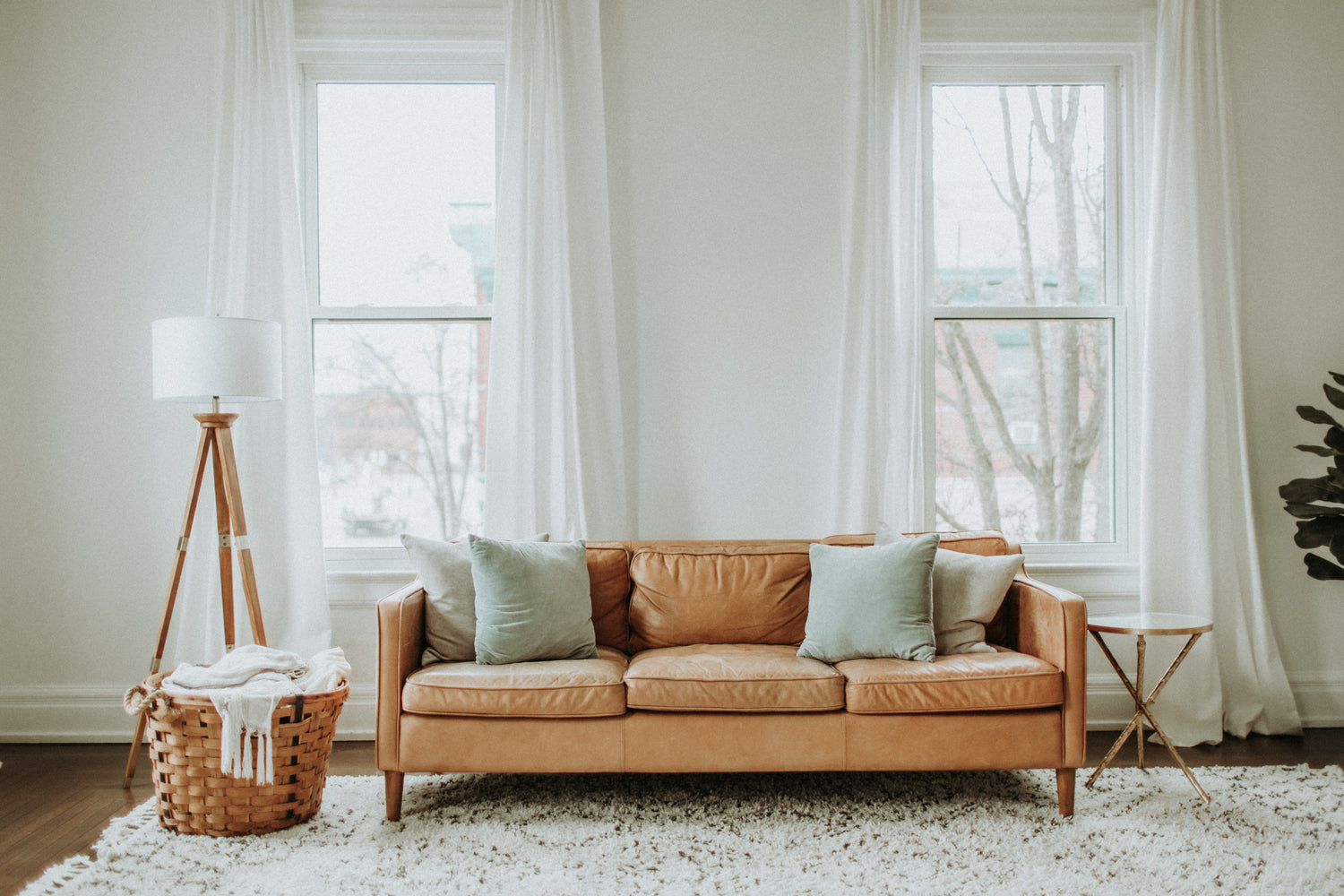
Comfort, elegance, warmth and style.
A rug not only transforms your space by adding a touch of elegance and style, but it also provides a feeling of warmth and comfort with every step.











